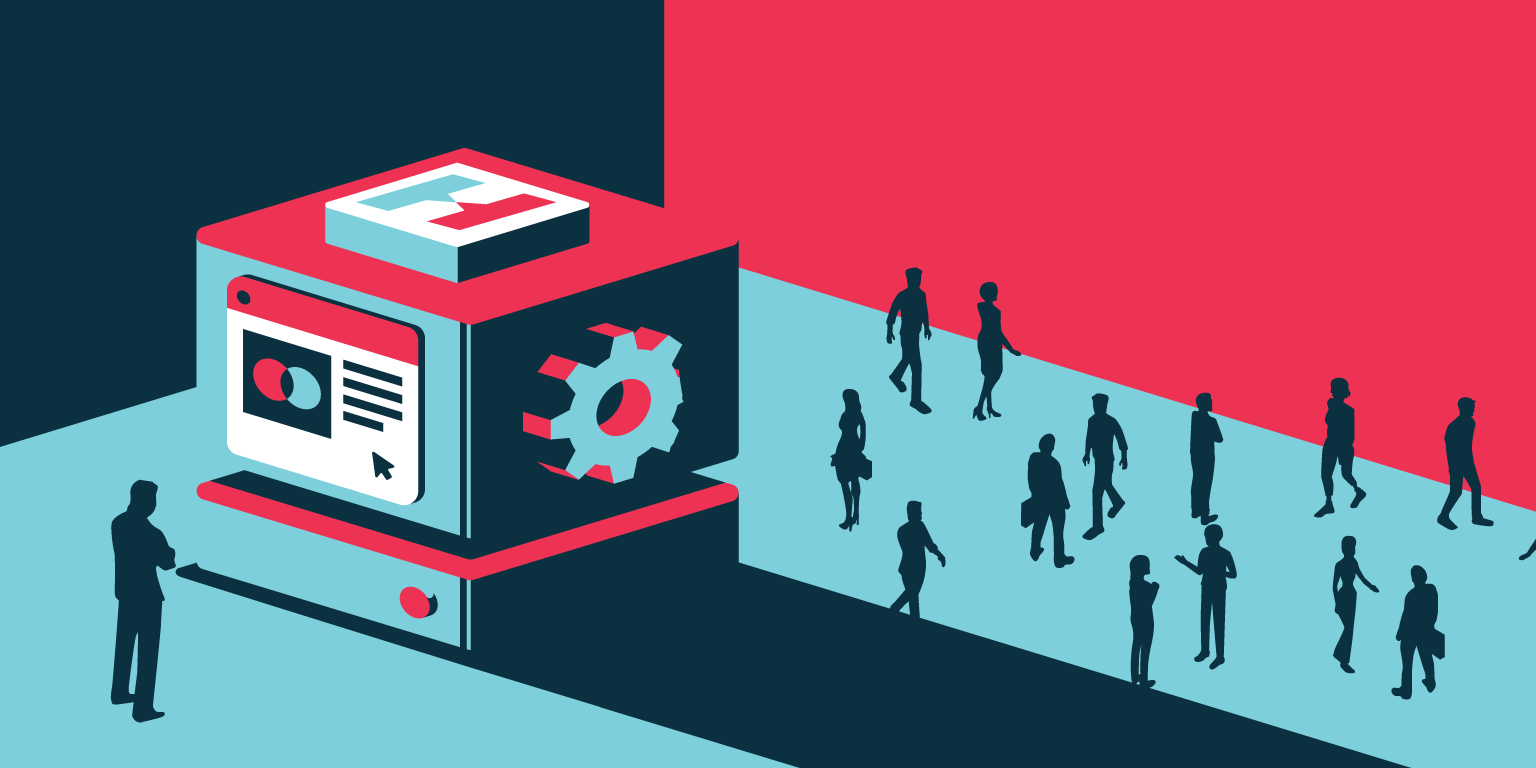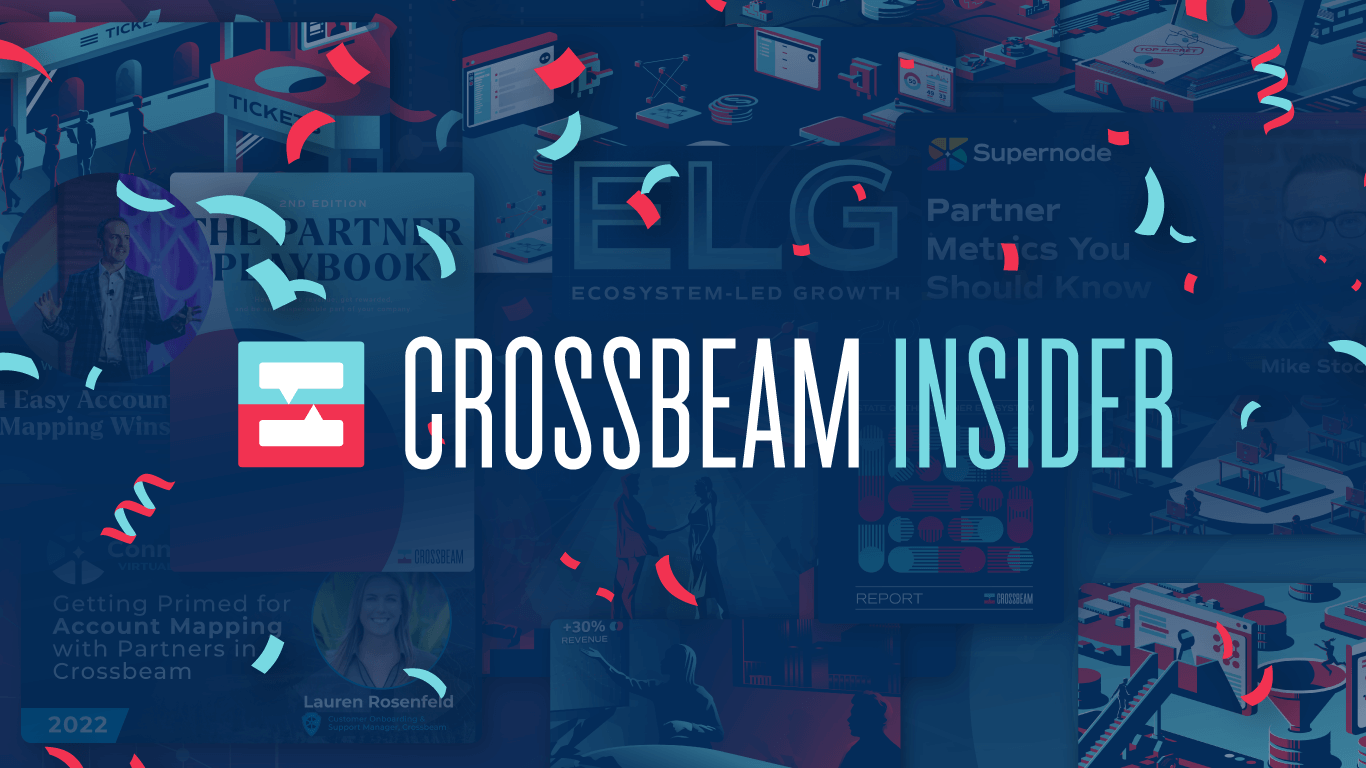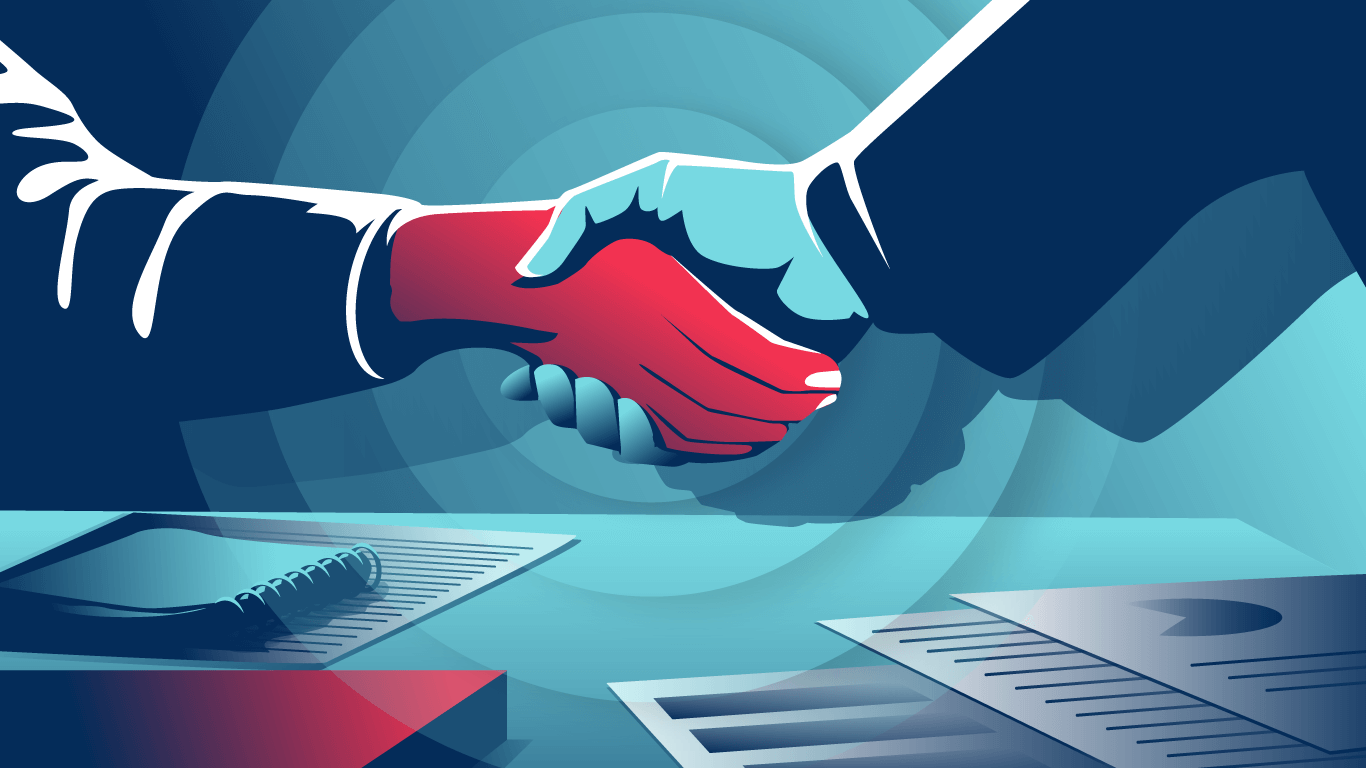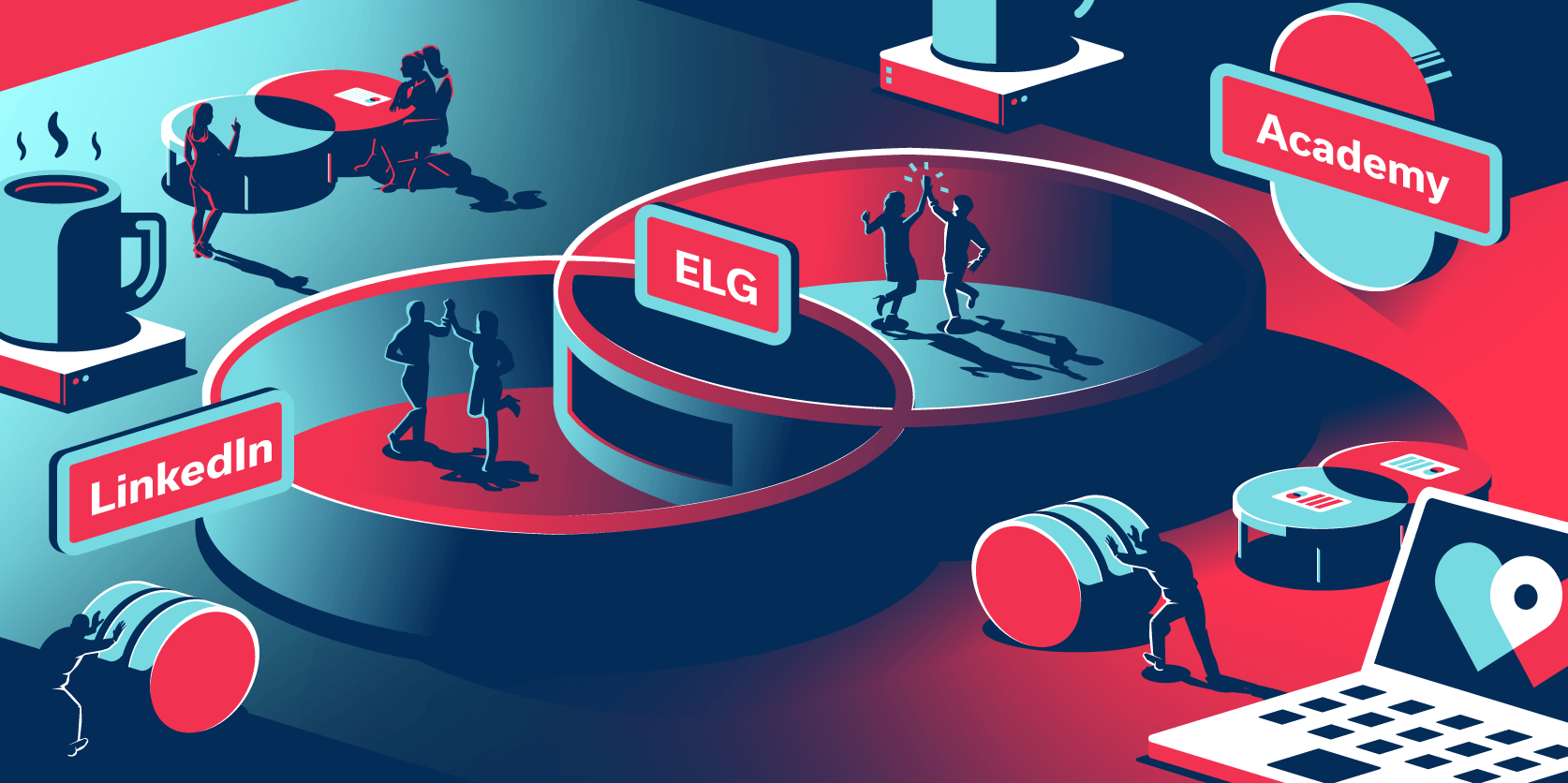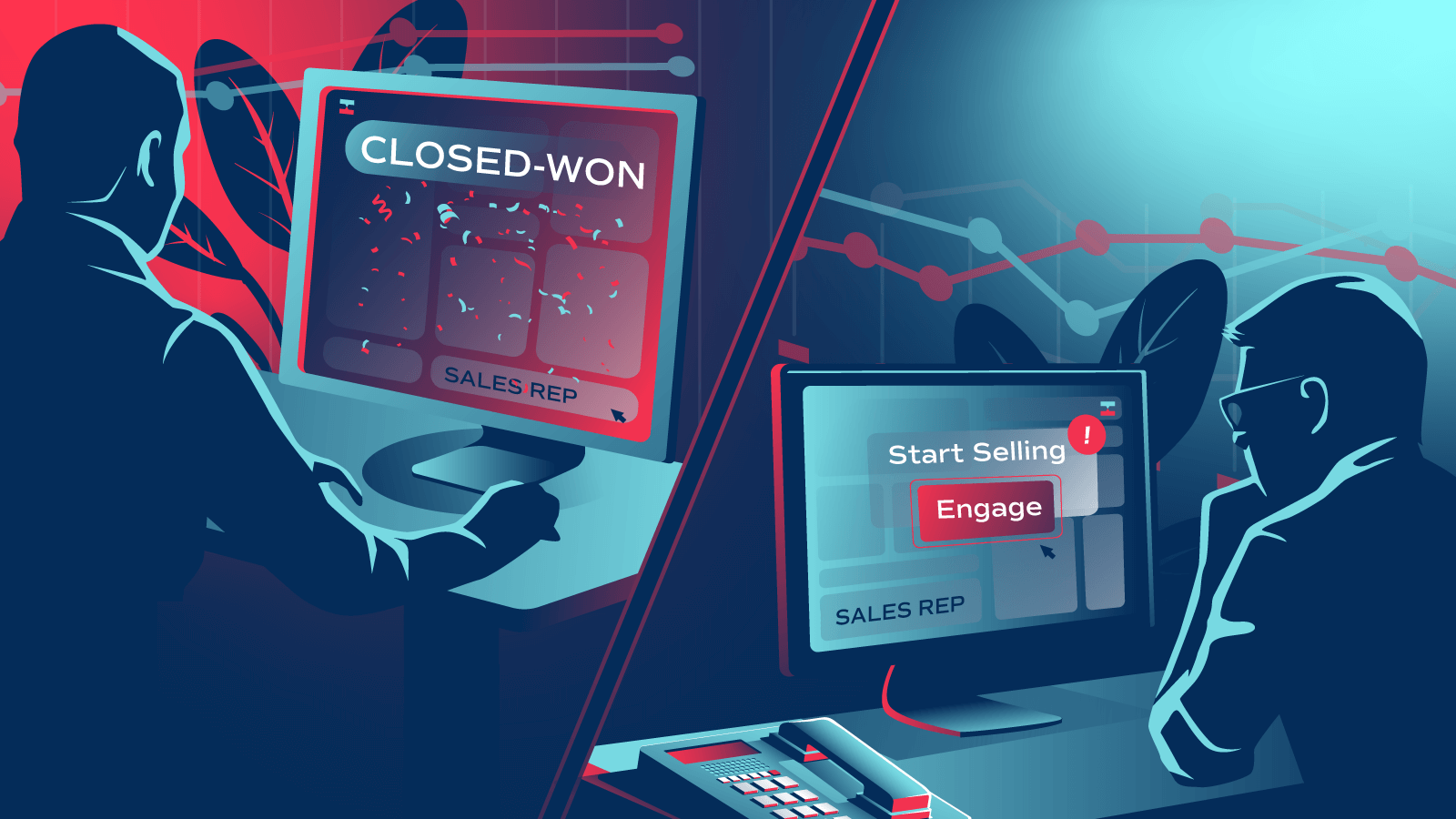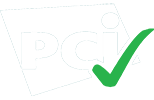In our fifth and final Crossbeam Happy Hour of the season, Wharton professor Peter Fader offered a handy framework for how to think about expanding your ecosystem.
Do you pursue customer-centric partnerships? Or product-centric partnerships?
- A product-centric partnership fills gaps in your product’s use case.
- A customer-centric partnership improves the lives of your most valuable customers.
It’s a small-but-subtle difference.
“[When it comes to partnerships], we often think about the products that complement what we already sell,” says Fader. “Instead, ask what you can be doing with and for your best customers. What goes way outside of the things we are capable of delivering? That’s the right partner.”
Some non-Saas inspiration includes Allbirds partnering with Shake Shack to create special edition sneakers. A burger company doesn’t exactly support a shoe company’s product, per se. But the kind of person who spends a lot of money on Allbirds is also the kind of person obsessed with Shake Shack.
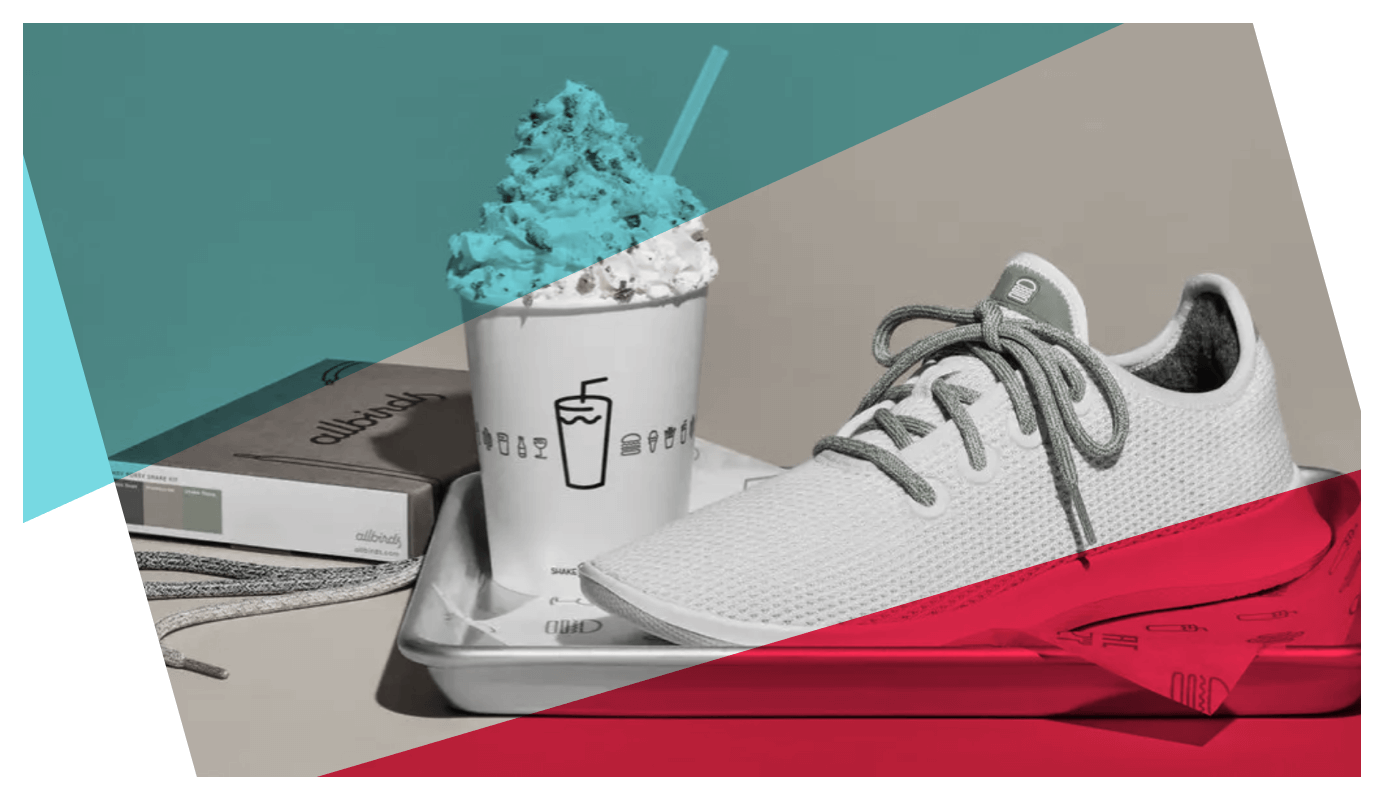
Or consider the recent acquisition of Mirror by Lululemon. One is an on-demand fitness company, the other an athleisure clothing maker. But the kind of person who wears Lulu would be the kind of person to purchase a pricy in-home workout solution.
Stepping outside of business development partnerships, consider an example given in Fader’s book Customer Centricity: Nordstrom Local. The retail company began opening merchandise-free physical locations that offer services such as “online order pickup and return alterations, and style advice and tailoring services” according to Retail Dive.
Those extra offerings have little to do with clothing (the primary product produced by Nordstrom) and instead are services enjoyed by the type of person who would spend a lot at Nordstrom. It’s a customer-centric offering at its best.
“Your best customers should think of you as a trusted advisor with their best interests in mind,” says Fader. “You are not just trying to sell them stuff you have on the shelf. We’re not capable of delivering all their wants and needs. That’s where partnerships come in.”
Sounds great but how does that work in practice? Fader’s suggestions:
Skip the personas
If you say the word “persona” around Fader he will visually shudder. Most SaaS personas are dictated around use cases. That’s not how actual people interact with most SaaS businesses.
Look at the customers that have the highest lifetime value (See how to calculate CLV). Then ask: what makes those valuable customers different? Usually, there aren’t common personality characteristics in that group that can easily fit into a cartoon character persona.
If you’re a smaller, newer startup without as much behavior data to use, Fader suggests using some attitudinal measures such as the answer to “would you recommend us?” or even Net Promoter Score. Email client Superhuman famously asks its customers “How would you feel if you could no longer use the product?” and measure the percent who answer “very disappointed” as its best customers.
“You don’t need to go all the way to the big fancy models,” says Fader.
You can’t serve every customer
In partnerships, it’s common to say that any partnership that fills a use case gap is worth the trouble. Maybe. But the highest value partnerships are the ones laser-targeted to support the habits of your best customers.
“I hear people say, ‘I can’t sleep at night until all my customers are satisfied.’ That’s dangerous,” says Fader. “You can’t win over stakeholders with that kind of positioning.”
If you’re feeling overwhelmed at the amount of work you’re doing to build your ecosystem, ask yourself if you’re just plugging holes in use cases (product-centric) or if you’re looking at your highest CLV customers and supporting their habits and solving their problems (customer-centric).
Your best customers now won’t be your best customers later
For growing companies, it’s a challenge to figure out how much to spend on the customers you have now versus fishing for better ones. “We constantly need to be trawling the oceans to be aware of when better customers are being born,” says Fader. “It’s a tricky problem.”
One suggestion: Use cohort analysis. Follow customers that are grouped by when they first became customers. You may find that you’re “scaling” and adding customers, but the later customers decay in lifetime value. That’s a good sign you’re ready to look elsewhere.
“Don’t trust your gut. Don’t trust my gut. Start with the lifetime customer value data and do it on a cohort basis.”
(Watch the full interview with Peter Fader below)
Turn your ecosystem into your #1 revenue source
Get started in under a minute. Instantly capture insights from your partners. Identify more opportunities. Did we mention it’s free?

